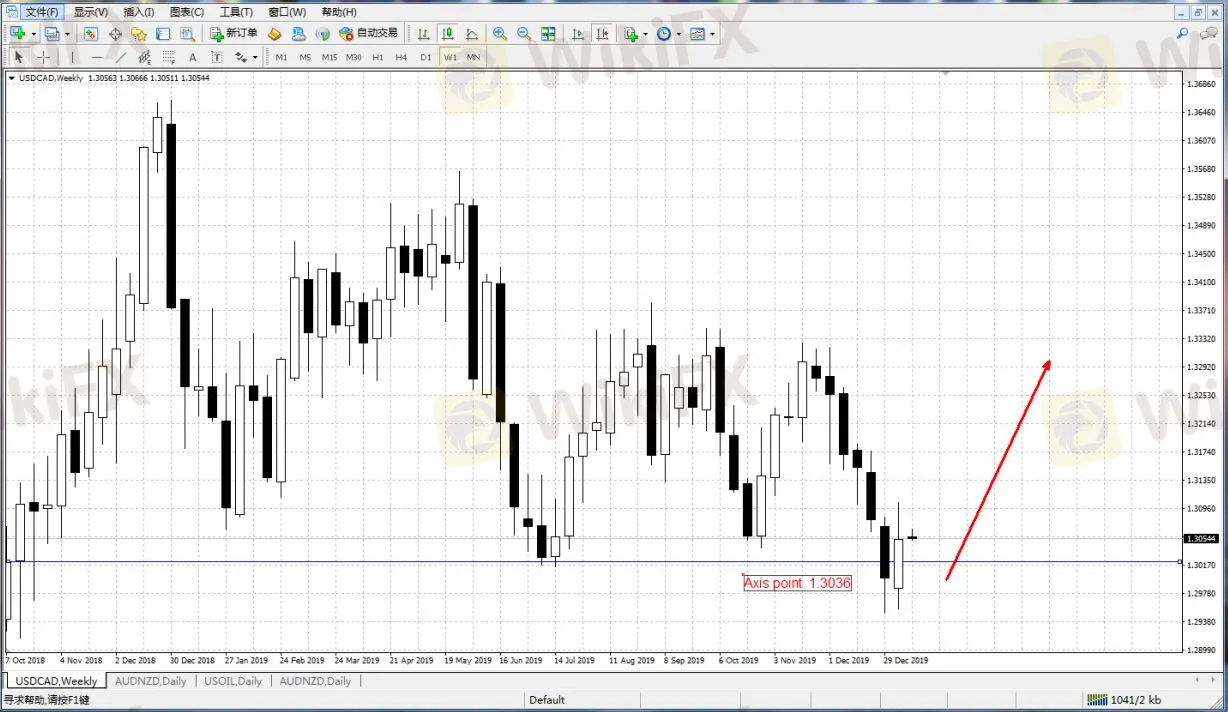CAD Will Have Less Upward Momentum in the New Year
摘要:As the G10 currency that performed the best in 2019, Canadian dollar may see a rather smooth horizontal trend this year partly because weakening domestic economy, and partly because the positive influence of easing trade tensions has been fading. CAD rose 5% against the USD in 2019, with nearly half of the increase gained in the last few weeks, benefiting as several other currencies from a reduce of risk factors at the end of 2019.
As the G10 currency that performed the best in 2019, Canadian dollar may see a rather smooth horizontal trend this year partly because weakening domestic economy, and partly because the positive influence of easing trade tensions has been fading. CAD rose 5% against the USD in 2019, with nearly half of the increase gained in the last few weeks, benefiting as several other currencies from a reduce of risk factors at the end of 2019.
Recently released data showed Canada‘s economy is slowing down, suggesting a great likelihood of interest rate cut from the central bank. The Bank of Canada had held interest rate at 1.75% unchanged last year, amid a wave of rate slash by major central banks like the US Federal Reserve and the European Central Bank. Statistics released in the recent few weeks show Canada’s economy shrank 0.1% in October, 2019, while November saw a decline of over 70,000 jobs. Canadas annualized growth based on the quarter-over-quarter rate of Q4 is estimated to be under 1%.
As risk factors will not significantly reduce in 2020, from a technical perspective, 1.3036 will be the pivot point for USD/CAD in the first half of 2020, and if the exchange rate remains above this level, USD may rise against CAD.

免责声明:
本文观点仅代表作者个人观点,不构成本平台的投资建议,本平台不对文章信息准确性、完整性和及时性作出任何保证,亦不对因使用或信赖文章信息引发的任何损失承担责任
相关阅读

英国正式脱欧,欧盟损失多少?
英国于2020年1月31日正式离开欧盟,英欧双方计划随后展开谈判以达成未来关系协定。我们认为,英国“脱欧”将给欧盟带来多重负面冲击。

宏观形势制约澳元走势
最新的数据显示澳洲四季度CPI年率为1.8%,仍低于澳大利亚央行2%-3%的长期目标区间带,自2017年以来,澳大利亚通胀率一直未达到该区间。

英镑-从经济数据中寻找线索
2019年年底的英国大选是在经济不景气的背景下举行的。最新数据显示,英国经济增长已陷入停滞,一度强劲的劳动力市场开始乏力。2020年上半年,英镑可能开始从国内经济、英国央行以及最关键的3月份预算中找到方向。此外英国脱欧协商仅处于开始阶段,能否最终达成自由贸易协定也相当关键。

澳元-内外需求皆显疲弱
澳洲经济在2019年显示出显露疲态之势,薪资增长停滞和债务高企令消费者大幅削减支出。尽管去年澳洲联储降息三次至0.75%,但民间消费依然低迷。
天眼交易商
热点资讯
欧元/美元价格分析:测试接近1.0450的九日EMA,RSI改善支持上行
黄金价格预测:持平于 2,600 美元上方,市场等待新的催化剂
澳储行会议纪要前,澳元/美元持稳于 0.6250 附近
赢双倍美金,享double欢乐:圣诞价格大赢家,快来预测外汇和大宗商品涨跌!
金价企稳于2600美元上方,交易员等待新的线索
比特币创下8月以来最大跌幅后,市场专家称可能出现更多跌势
美联储政策和地缘政治不确定性下的黄金技术前景
美元/加元在温和的美元走强中交易呈现正面偏向,仍低于1.4400
今日汇市:假期缩短的一周伊始,市场情绪依然乐观
澳元/日元徘徊在 98.00 附近,交易员等待两家央行的会议纪要
汇率计算


